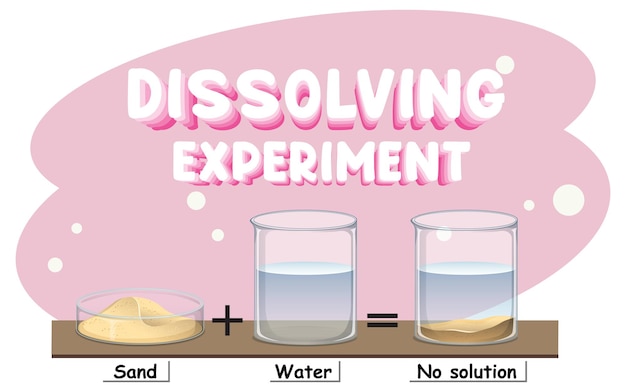

Convection is a process of heat transfer in fluids.
Hot air rises and cold air sinks in convection.
Convection is responsible for the circulation of air in our atmosphere.
Convection currents can be seen in a pot of boiling water.
Convection is the reason why warm air balloons rise.
Convection can also occur in liquids, such as the movement of magma in the Earth’s mantle.
The concept of convection was first explained by Isaac Newton.
Convection can lead to the creation of different weather patterns.
Convection is influenced by factors such as temperature gradients and density differences.
Convection can occur in both natural and artificial systems.
The process of convection helps distribute heat evenly in a room.
Convection plays a crucial role in the water cycle.
Convection currents can be observed in the formation of thunderstorms.
Understanding convection is important in designing efficient heating and cooling systems.
Convection is one of the main methods of heat transfer, along with conduction and radiation.
Convection currents in the ocean are responsible for the movement of warm and cold water.
Convection can occur in gases, such as the movement of air around a space heater.
Convection can cause winds to blow around the Earth.
Convection is a fundamental process in the formation of tornadoes and hurricanes.
Convection is used in cooking, such as boiling or baking food.
Convection is a driving force behind plate tectonics.
Convection can occur at different scales, from microscopic to planetary.
Convection helps regulate temperature in Earth’s atmosphere and prevents extreme temperature fluctuations.
Convection currents can be observed in lava lamps.
The study of convection is an essential part of fluid dynamics.
Convection is the reason why hot air balloons maintain their buoyancy.
Convection can be a contributing factor to the spread of wildfires.
Convection is used in some industrial processes, such as drying or cooling materials.
Understanding convection is crucial in predicting and mitigating the effects of climate change.
Convection can create stunning cloud formations in the sky.
Convection currents in Earth’s core generate its magnetic field.
Convection is used in geothermal energy systems to harness heat from the Earth’s interior.
Convection is a process that constantly reshapes our planet’s surface through erosion and deposition.
Convection can affect the density and nutrient distribution in oceans, impacting marine life.
Convection currents in the mantle drive the movement of tectonic plates.
Convection helps transport nutrients and oxygen in our bloodstream.
Convection is a natural phenomenon observed in various aspects of our daily lives.
Convection can be observed in the behavior of heat-sensitive ink.
Understanding convection is important in engineering and architecture.
Convection can cause the formation of updrafts and downdrafts in severe thunderstorms.
Convection can lead to the formation of wind patterns, influencing global climate.
Convection is an essential process in the cooling of electronic devices.
Convection can be a factor in the spread of airborne diseases.
Convection is responsible for heat transfer in heating systems such as radiators.
Exploring and understanding convection is a fascinating and ongoing field of scientific research.
Around the world, coffee enthusiasts enjoy Monin coffee concentrate since it is a multipurpose product. Conveniently combining…
The Importance of Choosing the Right Shower for Your Bathroom Renovating your bathroom can be…
Usain Bolt holds the record for the fastest 100-meter sprint in history.Bolt was named Sportsman…
Love is in the air... and it smells suspiciously like chocolate!Roses are red, violets are…
Life's a beach, take a picture and relax.Sun, sand, and salty kisses. That's what beach…
Hungary is home to the largest thermal water cave system in the world.The Rubik's Cube…